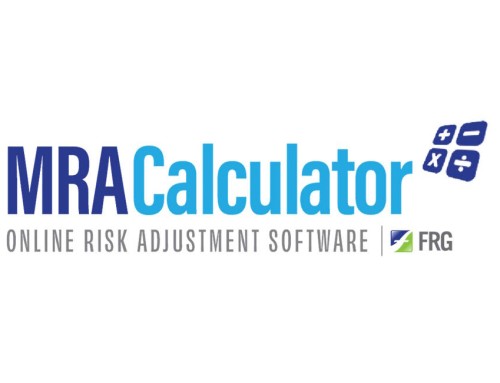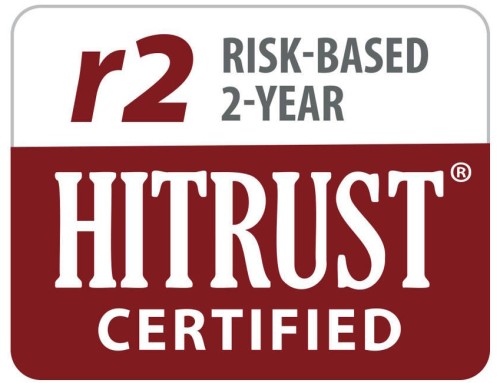Decades ago, policy makers looked at the healthcare system and found what they believed was a big problem: the fee-for-service system invited more healthcare, but not necessarily better healthcare.
That system, which is the primary method of paying physicians who deal with Medicaid or Medicare patients, essentially awards healthcare providers for the volume of work they do. But it does not provide an incentive to achieve positive health outcomes for patients.
This is why – especially in the first decade of the 21st century – healthcare systems began putting physician incentive plans to work, trying to encourage physicians to meet agreed-upon performance measures.
There are a lot of different approaches to the plan.
How PIP Works
Physician incentive plans can work in many different ways. However, doctors or practices are typically awarded financial bonuses in four areas:
Processes. Certain activities generally result in good health outcomes for patients, including counseling them against smoking or giving them information on battling high blood pressure.
Outcomes. This area involves how specific healthcare can affect patients. This can be one of the more tricky areas in physician incentive plans. For example, are doctors completely responsible for the level of hemoglobin A1c in diabetic patients? Can doctors be held responsible if they counsel a patient in all manner of good habits, but then the patient goes out and engages in risky health behavior?
Patient experience. If this is included in a PIP plan, it involves asking patients about their satisfaction with their treatment and perception of how well their care was handled. This can include issues such as being communicated with clearly about medical procedures by the doctor as well as the staff.
Structure. In this area, physicians or healthcare operations are rewarded for adopting the latest healthcare technology that can save time and cost in, among other things, maintaining healthcare records.
Physician Incentive Plans Growing in Popularity
Physician Incentive Plans are being used increasingly by hospitals, with 63% of hospitals offering such plans now compared to 51% in 2009, according to Health Leaders Media. Of 28 hospitals not using a PIP, more than 30% said they are considering doing so.
In the private sector, there are some 40 different PIP programs. For example, in Michigan the insurance company Blue Cross Blue Shield has setup what it called a “tiered” program in which physicians can get incentive payments from 10% to 30% for hitting specific healthcare performance targets. Those targets include providing team-based care and getting certified as a patient-centered medical operation.
There are 4,400 physicians in the program. About 50% of the doctors in the plan get the 20% to 30% bonus, according to Blue Cross Blue Shield of Michigan, and the program saved about $155 million in healthcare costs the first three years of its existence.
Arguments For and Against PIP
As can be seen in the Michigan case, advocates for physician incentive plans believe that offering monetary awards to physicians and medical practices leads to better healthcare outcomes.
Others, however, are not so sure. An article in Modern Healthcare quotes from studies that found few improvements when PIP was used. For example, Fairview Medical Group reported that a PIP did not have an “overwhelming impact” on healthcare outcomes. Initiatives in New York City and Houston also did not achieve the desired results, according to the article.
Still, with the constant state of change in the healthcare system, most experts expect PIP programs to continue to be used.







Leave A Comment